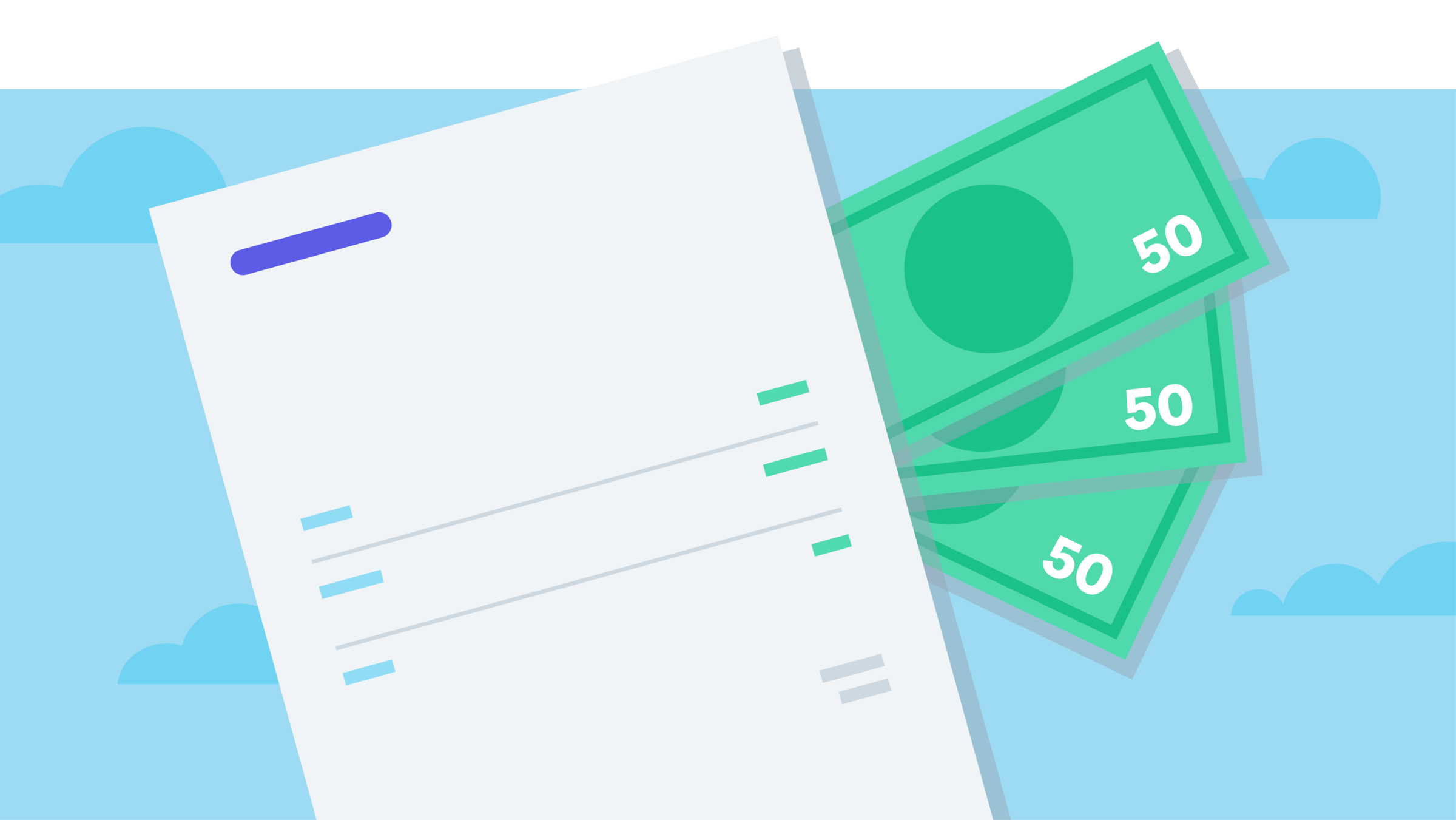
Learn why landlords and property managers should use rent receipts, and how to write one.

A rent receipt is written proof that a tenant has paid their rent. Landlords and property managers use the receipts for record-keeping and as proof of income, and renters use them to claim tax credits. The information on the rent receipt must be accurate if it is to serve as a legal document.
A rent receipt (also called a rent payment receipt or a rent receipt form) is a document a landlord or property manager issues to a tenant confirming they’ve paid their rent. If a rental agreement specifies that a rent receipt will be issued to the tenant, it’s delivered to the tenant once the rent has been received. Landlords can send the rent receipt to the tenant by email, mail or by hand, on paper or in electronic form.
Landlords must provide a rent receipt to tenants if they ask for one, at no charge. The specific requirements vary between provinces. For example, Ontario landlords must provide a rent receipt for current or former tenants, including for the payment of any rent, security deposit or arrears in rent. But British Columbia requires landlords to issue a receipt for any rent payment done in cash.
Because the rent receipt is a written record and proof of payment, it’s useful for both landlords and tenants and is particularly important for cash payments. Landlords need a written record of their rental income for tax purposes, and tenants need a written record in case a landlord accuses them of not paying.
Rent receipts are also:
Good for your tenants: documentation of their rent payments is useful if they can claim their rent in their taxes
Key reference documents in disputesAccounting software like Xero automates creating receipts, which helps make the process fast and easy. This is especially useful for real estate agents managing a property portfolio or building managers dealing with multiple tenants.
A template ensures your receipts are standardized and consistent. Besides accounting software, you can create a template using a word or spreadsheet program, and convert the finished receipt into a printable document that can't be changed.
A rent receipt must contain certain information if it is to stand as a legal document.
Full name of the tenant(s) Full name of the landlord or property manager The rental property address The rental period The date of the rental payment The method of payment (eg, money order, cash or credit card) The total amount owed and the payment amount Late fees, if any The remaining balance A receipt number (for your records and to link to your invoices )Rent receipts usually have the name and contact information of the property manager or landlord in case the tenant needs to contact them.
When using rent receipts, keep a few things in mind.
Double-check your rent receipt to make sure it’s accurate and meets the terms of the lease agreement.
Provide a receipt for every payment, including partial payments and late payments.Give the tenant a summary of all payments at the end of a rental period – for example, at the end of a year-long lease.
Send rent receipts promptly – tenants appreciate this. The receipt can be on paper or sent by email as a printable document.
Keep copies of the receipts for your records.Forget to include on the receipt any remaining balance owed by a tenant. If there’s an outstanding balance, the receipt should show that the tenant has not paid in full.
Forget to include essential information on the receipt, such as the amount paid and the payment period.
Xero does not provide accounting, tax, business or legal advice. This guide has been provided for information purposes only. You should consult your own professional advisors for advice directly relating to your business or before taking action in relation to any of the content provided.
Access Xero features for 30 days, then decide which plan best suits your business.